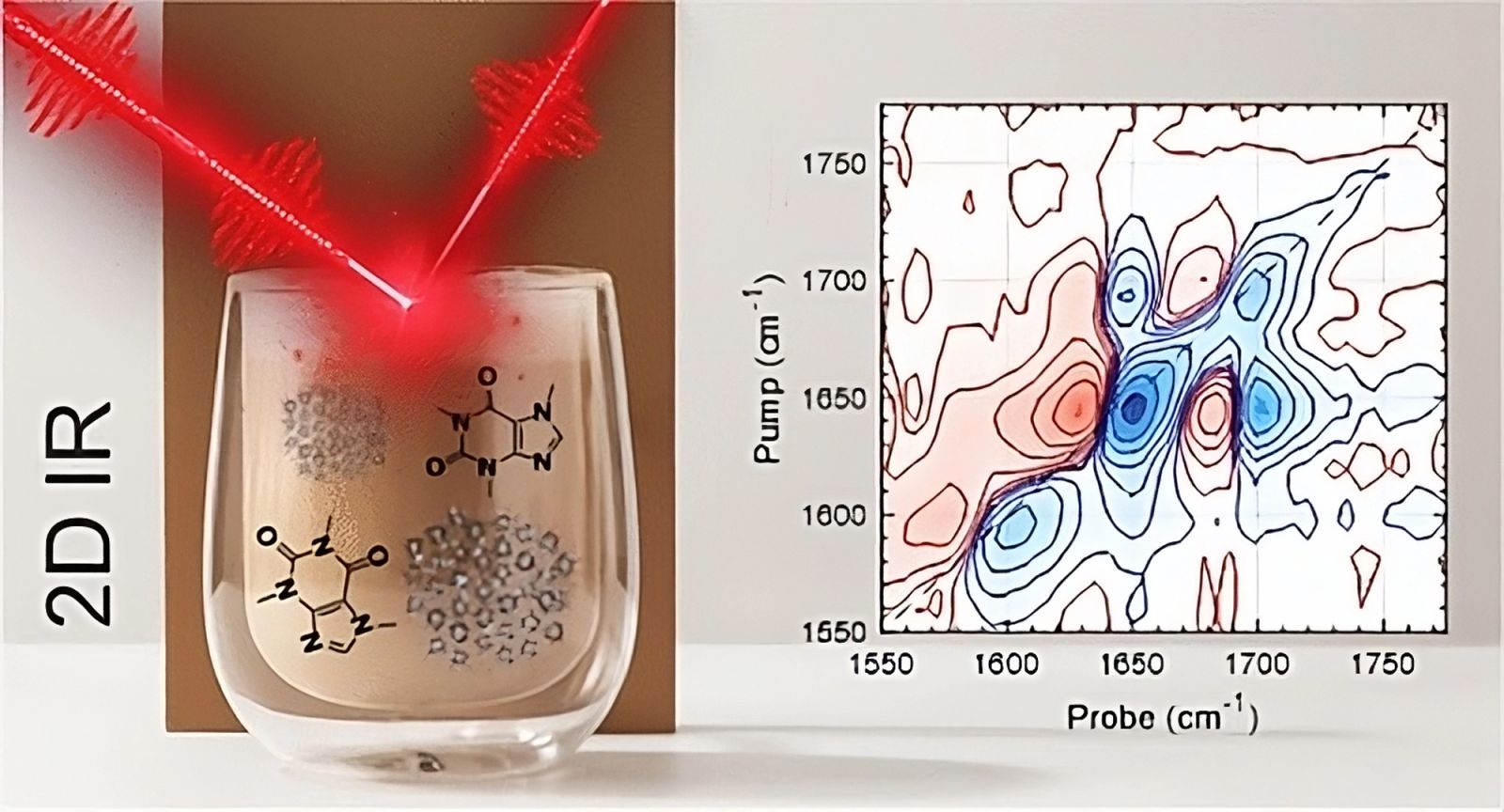What happens chemically when you mix milk and coffee?
Follow us on Google News (click on ☆)

Illustration image Pixabay
To understand how milk and espresso interact, researchers used an innovative method: 2D infrared spectroscopy. This technique allows for the analysis of molecular interactions with great precision, revealing details invisible to the naked eye. It's an essential approach to understanding what really happens in a caffeinated drink.
Researchers tested different mixtures: commercial whole milk, water-milk-caffeine solutions, and a homemade cappuccino. Each type of mixture was analyzed to observe the effects of caffeine and other coffee components on milk proteins. The results showed a remarkable consistency of protein structures across all samples.
The study revealed that the structures of milk proteins remain intact when mixed with espresso. Contrary to what one might think, these interactions do not alter the texture and taste of milk in coffee. The proteins maintain their integrity, thereby ensuring the stability of the organoleptic characteristics of the mixture.

These findings have important implications for coffee lovers. The interactions of milk proteins with coffee compounds, such as caffeine, not only affect taste but also digestion and absorption of caffeine. Understanding these mechanisms can help optimize beverages for better consumer comfort and potentially health benefits.
This study lays the groundwork for future research. By further exploring the interactions between milk proteins and coffee compounds, scientists can discover new ways to improve caffeinated beverages.